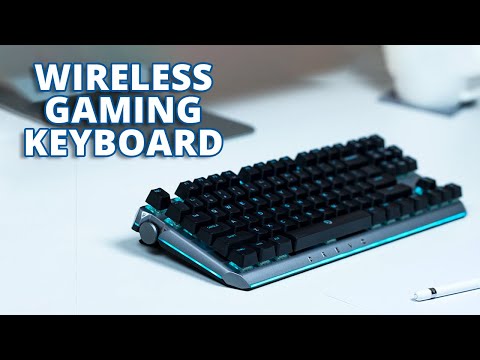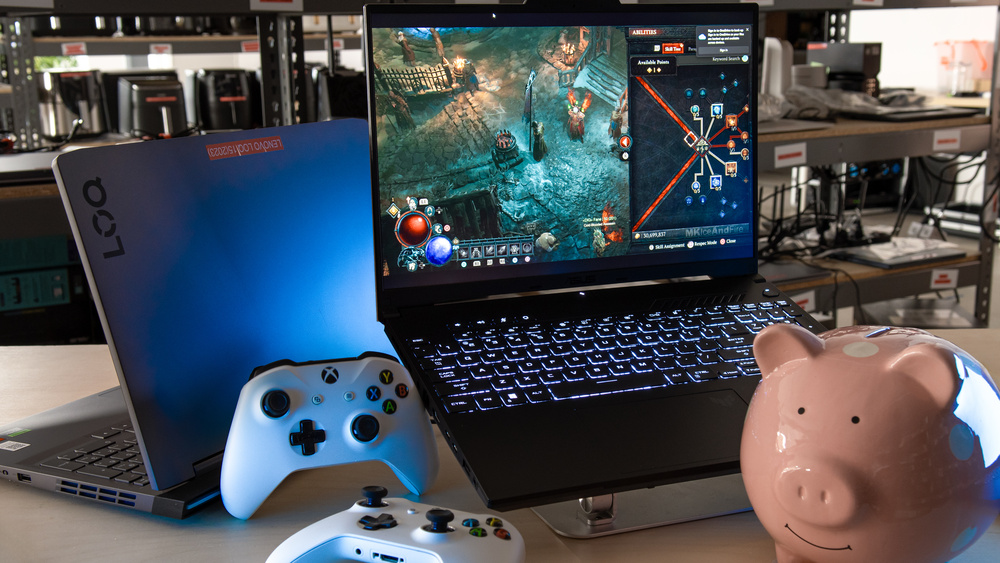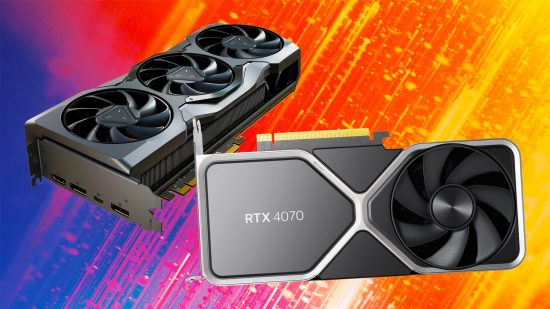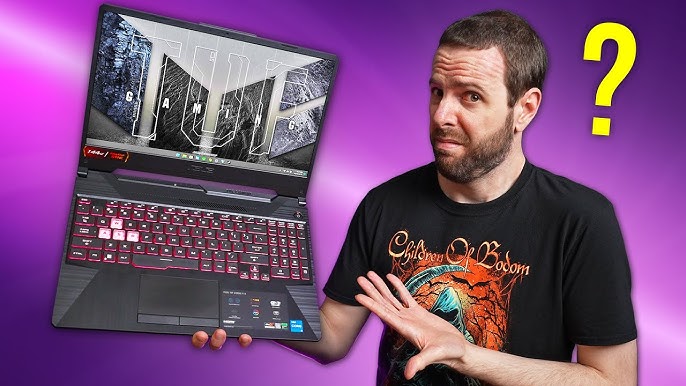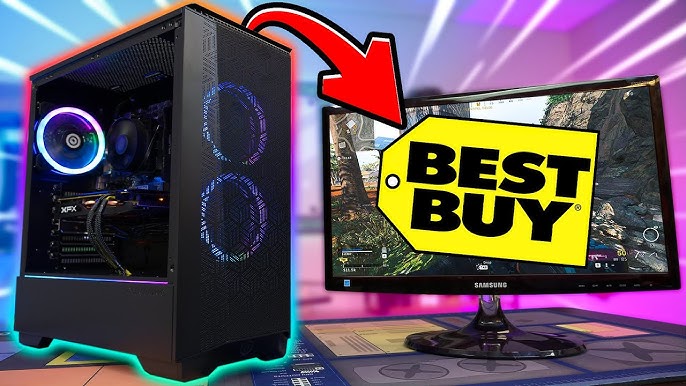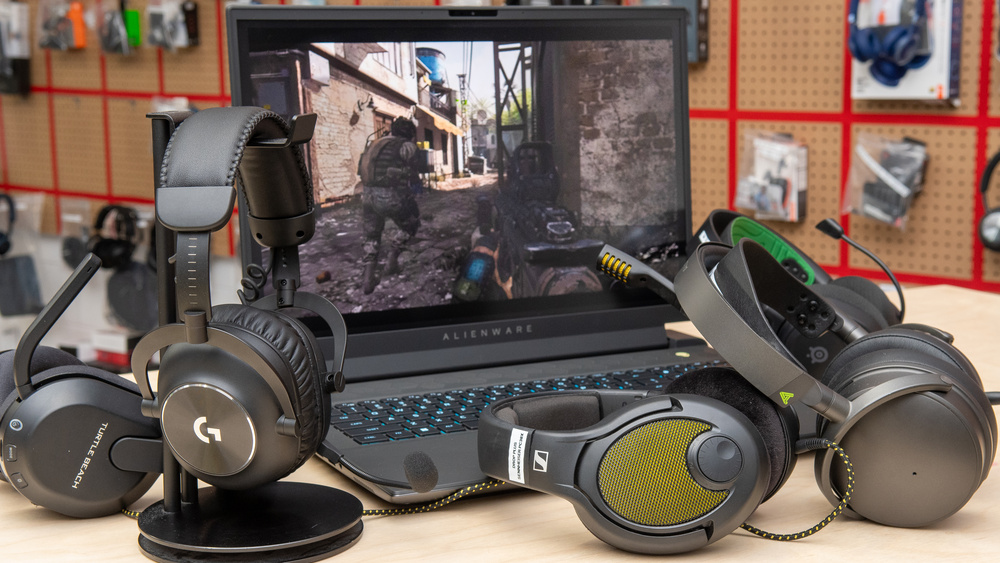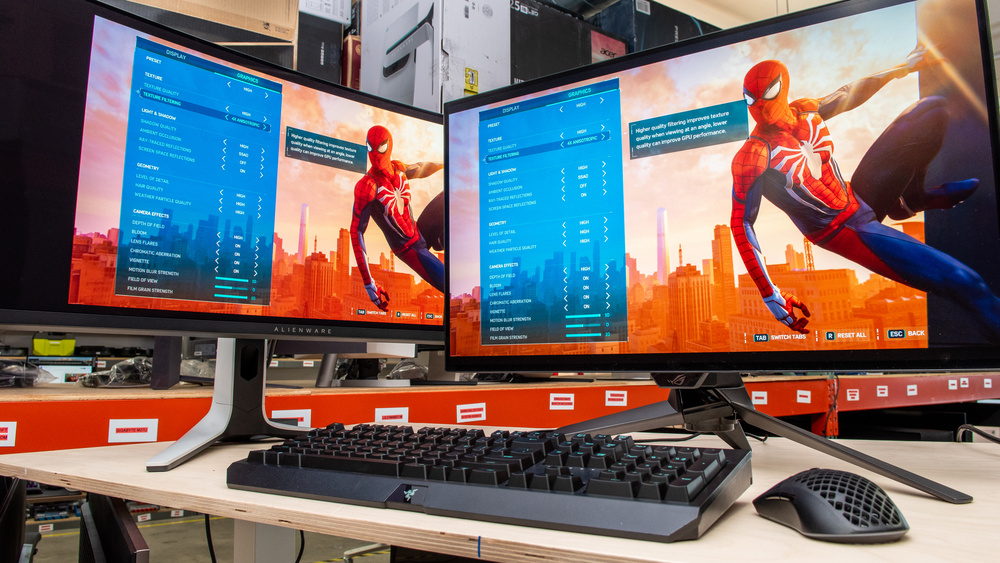Best 4K Gaming Monitor: Top 10 Picks for 2025
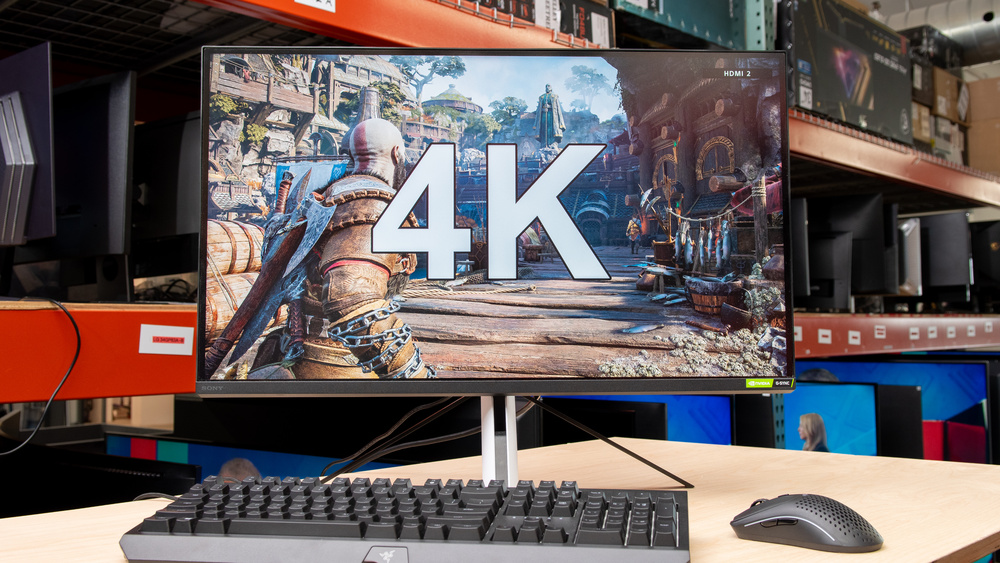
Struggling with blurry textures or choppy frame rates on your 1080p screen? The best 4K gaming monitor unlocks breathtaking detail and smooth motion—whether you’re exploring vast RPG worlds or racing at 240 Hz in esports.
In this guide, we spotlight the 10 best 4K monitors for gaming, from OLED marvels to budget‑friendly curved displays. You’ll learn what features matter most, see concise pros & cons, and get a clear buying roadmap. Ready to see every pixel and gain a competitive edge? Read on and find your perfect 4K gaming display!
10 Best 4K Gaming Monitors to Enhance Gaming Experience
You’ve seen how 4K elevates every detail, from razor‑sharp text to lifelike landscapes. Next, we dive into our top ten picks—each meticulously tested for color fidelity, refresh rate, HDR performance, and connectivity. Whether you crave ultrawide immersion or budget‑friendly clarity, you’ll find the perfect 4K display below.
1. LG UltraGear 27GP950
The LG UltraGear 27GP950 pairs a Nano IPS panel with 160 Hz refresh (overclockable) and VESA DisplayHDR 600—delivering vibrant colors, deep contrast, and fast response for both competitive and cinematic gaming.
Features:
-
27″ Nano IPS, 1 ms (GtG) response
-
160 Hz (OC) / 144 Hz native refresh
-
VESA DisplayHDR 600, 98% DCI‑P3
-
HDMI 2.1, DisplayPort 1.4, USB 3.0 hub
Pros & Cons:
-
Pros: Exceptional color accuracy; HDMI 2.1 for next‑gen consoles; low input lag
-
Cons: HDR peak brightness moderate; IPS glow at edges
2. Samsung Odyssey G7 32″ (G70NA)
Samsung’s Odyssey G7 32″ curved display brings 240 Hz refresh to 4K, combined with QLED color and 1000R curvature—making it one of the best 4K curved gaming monitors for immersion and speed.
Features:
-
32″ QLED VA, 240 Hz, 1 ms MPRT
-
1000R curvature for wrap‑around view
-
DisplayHDR 600, 95% DCI‑P3
-
G‑Sync Compatible, FreeSync Premium Pro
Pros & Cons:
-
Pros: Ultra‑fast refresh; deep blacks; immersive curve
-
Cons: VA ghosting in fast pans; heavy stand
3. ASUS ROG Swift PG32UQX
The ROG Swift PG32UQX features a Mini LED backlight with 1152 zones, DisplayHDR 1400, and 144 Hz refresh—delivering stunning contrast and peak brightness for HDR‑heavy titles.
Features:
-
32″ IPS, 144 Hz, 4 ms GtG
-
Mini LED, DisplayHDR 1400
-
HDMI 2.1, DisplayPort 1.4, Thunderbolt 3
-
Integrated Qi wireless charger
Pros & Cons:
-
Pros: Best‑in‑class HDR; precise local dimming; rich feature set
-
Cons: Extremely expensive; high power draw
4. Dell Alienware AW3821DW
Dell’s Alienware AW3821DW is a 38″ ultrawide 3840×1600 IPS curved monitor with 144 Hz and G‑Sync—ideal for panoramic immersion in simulators and RPGs.
Features:
-
38″ UWQHD+ (3840×1600), 144 Hz
-
2300R curve, IPS, 98% DCI‑P3
-
NVIDIA G‑Sync Ultimate
-
USB‑C with 90 W power delivery
Pros & Cons:
-
Pros: Expansive field of view; vibrant color; smooth variable refresh
-
Cons: Not true 4K vertical; hefty desk footprint
5. Acer Nitro XV282K KV
The Acer Nitro XV282K KV blends affordability with performance: 28″ IPS, 144 Hz, HDMI 2.1, and DisplayHDR 400—making it a best budget 4K gaming monitor.
Features:
-
28″ IPS, 144 Hz, 1 ms (VRB)
-
DisplayHDR 400, 90% DCI‑P3
-
HDMI 2.1 (4K@144 Hz), DisplayPort 1.4
-
AMD FreeSync Premium Pro
Pros & Cons:
-
Pros: Excellent price/performance; console‑ready HDMI 2.1
-
Cons: Basic HDR; limited contrast compared to VA/OLED
6. LG UltraFine OLED Pro 32EP950
LG’s UltraFine OLED Pro delivers perfect blacks, infinite contrast, and instantaneous pixel response—earning its place as the best 4K OLED gaming monitor for enthusiasts.
Features:
-
32″ OLED, 60 Hz, 0.1 ms response
-
99% DCI‑P3, HDR True Black 400
-
DisplayPort 1.4, HDMI 2.0, USB‑C
-
Hardware calibration support
Pros & Cons:
-
Pros: Unmatched contrast; no motion blur; wide color gamut
-
Cons: 60 Hz limit; risk of burn‑in with static HUDs
7. ViewSonic Elite XG320U
ViewSonic’s Elite XG320U combines 144 Hz IPS, DisplayHDR 600, and HDMI 2.1 in a sleek 32″ design—offering strong all‑around performance for high‑end PC and console gaming.
Features:
-
32″ IPS, 144 Hz, 1 ms MPRT
-
DisplayHDR 600, 90% DCI‑P3
-
HDMI 2.1 x2, DP 1.4, USB 3.0 hub
-
FreeSync Premium Pro, G‑Sync Compatible
Pros & Cons:
-
Pros: Versatile connectivity; crisp HDR; solid ergonomics
-
Cons: Backlight bleed; modest peak brightness
8. Gigabyte Aorus FV43U
The Aorus FV43U is a 43″ giant with 144 Hz, DisplayHDR 1000, and HDMI 2.1—perfect for couch‑style PC or console gaming on a massive 4K canvas.
Features:
-
43″ VA, 144 Hz, 3 ms GtG
-
DisplayHDR 1000, 90% DCI‑P3
-
HDMI 2.1 x2, DP 1.4, KVM switch
-
Black Equalizer & Aim Stabilizer
Pros & Cons:
-
Pros: Huge screen real estate; strong HDR; KVM built‑in
-
Cons: VA ghosting; large desk footprint
9. BenQ EW3270U
BenQ’s EW3270U offers a 32″ VA panel, HDRi, and Brightness Intelligence Plus—making it a best budget 4K gaming monitor with enhanced contrast and eye care features.
Features:
-
32″ VA, 60 Hz, 4 ms GtG
-
HDRi & B.I. Plus adaptive brightness
-
HDMI 2.0, DisplayPort 1.4, USB‑C (60 W)
-
AMD FreeSync
Pros & Cons:
-
Pros: Affordable HDR; excellent contrast; eye‑care tech
-
Cons: 60 Hz only; slower response vs. IPS/VA
10. Philips Momentum 558M1RY
The Philips Momentum 558M1RY is a 55″ 4K VA display with 120 Hz, DisplayHDR 1000, and Ambiglow backlight—bridging monitor and TV for living‑room gaming.
Features:
-
55″ VA, 120 Hz, 4 ms GtG
-
DisplayHDR 1000, Ambiglow bias lighting
-
HDMI 2.1 x2, DP 1.4, integrated speakers
-
Low input lag Game Mode
Pros & Cons:
-
Pros: Immersive large‑format; strong HDR; built‑in Ambiglow
-
Cons: Not desk‑friendly; bulky
Here’s a structured comparison table for the 10 Best 4K Gaming Monitors, covering Name, Core Features, Pros & Cons, and Best Use Cases:
| Name | Core Features | Pros & Cons | Best For |
| LG UltraGear 27GP950 | - 27" Nano IPS, 160Hz (OC) - DisplayHDR 600, 98% DCI-P3 - HDMI 2.1, 1ms GtG |
✅ Vibrant colors, low input lag ❌ Moderate HDR brightness, IPS glow |
Competitive & cinematic gaming |
| Samsung Odyssey G7 32" | - 32" QLED VA, 240Hz - 1000R curve, DisplayHDR 600 - FreeSync/G-Sync Compatible |
✅ Ultra-fast refresh, deep blacks ❌ VA ghosting, heavy stand |
Immersive curved gaming |
| ASUS ROG Swift PG32UQX | - 32" Mini LED, 144Hz - DisplayHDR 1400, 1152 zones - Thunderbolt 3, Qi charger |
✅ Best HDR, precise dimming ❌ Extremely expensive, power-hungry |
HDR enthusiasts, premium setups |
| Dell Alienware AW3821DW | - 38" UWQHD+ (3840x1600), 144Hz - 2300R curve, G-Sync Ultimate - USB-C 90W PD |
✅ Expansive FOV, vibrant colors ❌ Not true 4K, large footprint |
Simulators, RPGs |
| Acer Nitro XV282K KV | - 28" IPS, 144Hz, HDMI 2.1 - DisplayHDR 400, FreeSync Premium - Budget-friendly |
✅ Great price/performance ❌ Basic HDR, limited contrast |
Budget 4K, console gaming |
| LG UltraFine OLED Pro | - 32" OLED, 0.1ms, 60Hz - HDR True Black 400, 99% DCI-P3 - Hardware calibration |
✅ Perfect blacks, no motion blur ❌ 60Hz only, burn-in risk |
Creative pros, OLED enthusiasts |
| ViewSonic Elite XG320U | - 32" IPS, 144Hz, HDMI 2.1 - DisplayHDR 600, G-Sync Compatible - USB hub |
✅ Versatile connectivity, crisp HDR ❌ Backlight bleed |
High-end PC/console gaming |
| Gigabyte Aorus FV43U | - 43" VA, 144Hz, DisplayHDR 1000 - HDMI 2.1, KVM switch - Black Equalizer |
✅ Massive screen, strong HDR ❌ VA ghosting, bulky |
Couch gaming, multi-device setups |
| BenQ EW3270U | - 32" VA, 60Hz, HDRi - Brightness Intelligence+, FreeSync - USB-C 60W |
✅ Affordable, eye-care tech ❌ 60Hz only, slower response |
Budget HDR, casual gaming |
| Philips Momentum 558M1RY | - 55" VA, 120Hz, DisplayHDR 1000 - Ambiglow lighting, HDMI 2.1 - Game Mode |
✅ Theater-like immersion ❌ Huge size, not desk-friendly |
Living-room gaming (PC/console hybrid) |
Key Takeaways:
-
Competitive Gaming: LG UltraGear 27GP950, Samsung Odyssey G7
-
HDR/Visual Fidelity: ASUS PG32UQX (Mini LED), LG UltraFine OLED
-
Budget-Friendly: Acer Nitro XV282K, BenQ EW3270U
-
Ultrawide Immersion: Dell Alienware AW3821DW
-
Large-Format/Couch: Gigabyte Aorus FV43U, Philips Momentum
Key Factors to Consider When Selecting the Best 4K Gaming Monitor
Before you dive into specs, it helps to understand what really affects your in‑game visuals and responsiveness. From pixel density and panel type to refresh rate and HDR performance, each spec plays a vital role in delivering smooth, lifelike 4K gameplay—so you can choose the perfect balance for your rig and budget.
-
Refresh Rate & Response Time
Higher refresh (120–240 Hz) and low response (< 5 ms) reduce motion blur and input lag for competitive play. -
HDR Performance
Look for DisplayHDR 600+ or true HDR10 support. Mini LED or OLED panels deliver superior contrast and peak brightness. -
Panel Type
-
IPS: Best color accuracy and viewing angles.
-
VA: Superior contrast, deeper blacks, some ghosting.
-
OLED: Perfect blacks, instant response, risk of burn‑in.
Connectivity
HDMI 2.1 for 4K@120+ Hz console support, DisplayPort 1.4 for PC, and USB‑C/Thunderbolt for single‑cable convenience.
Adaptive Sync
G‑Sync or FreeSync Premium Pro prevent tearing. Ensure compatibility with your GPU.
Ergonomics & Size
Adjustable stand (height, tilt, swivel), VESA mount support, and appropriate screen size (27″–55″) for your desk setup.
Conclusion
Whether you crave the inky blacks of OLED, the ultrafast refresh of a Nano IPS, or the value of a budget 4K gaming monitor, our top ten list covers every scenario. We’ve broken down specs, pros & cons, and buying factors so you can confidently choose the best 4K gaming monitor for your rig and budget.
Ready to see every detail and outplay your rivals? Shop our top picks now and transform your gaming visuals!
FAQs
-
What is the best 4K monitor for gaming?
For overall performance, the LG UltraGear 27GP950 (Nano IPS, 144 Hz, HDR 600) is our top pick. Sometimes, you might need the best prebuilt gaming PC, keep on reading the best reviews from Starrpicks. -
Which 4K gaming monitor is best on a budget?
The Acer Nitro XV282K KV (28″ IPS, 144 Hz, HDMI 2.1) and BenQ EW3270U (VA, HDRi) offer excellent value. -
Do I need HDMI 2.1 for 4K 120 Hz gaming?
Yes—HDMI 2.1 is required to achieve 4K@120 Hz on PS5 or Xbox Series X; DisplayPort 1.4 supports it on PC with DSC. -
Are curved 4K monitors better for gaming?
Curved VA/IPS panels (1000R–2300R) enhance immersion, especially on 32″+, but may introduce slight viewing‑angle color shifts. -
Is OLED worth it for 4K gaming?
OLED delivers perfect blacks and instant response, but is limited to 60 Hz and carries burn‑in risk—best for enthusiasts prioritizing image quality.
